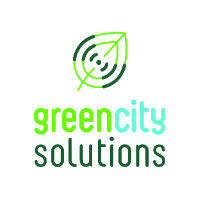
Green City Solutions GmbH
Green City Solutions addresses the global problem of air pollution by combining a special, vertically installed moss culture with Internet-of-Things (IoT) technology. The product, called the “CityTree”, combines specific plants that eat particulate matter (PM) and nitrogen dioxide.